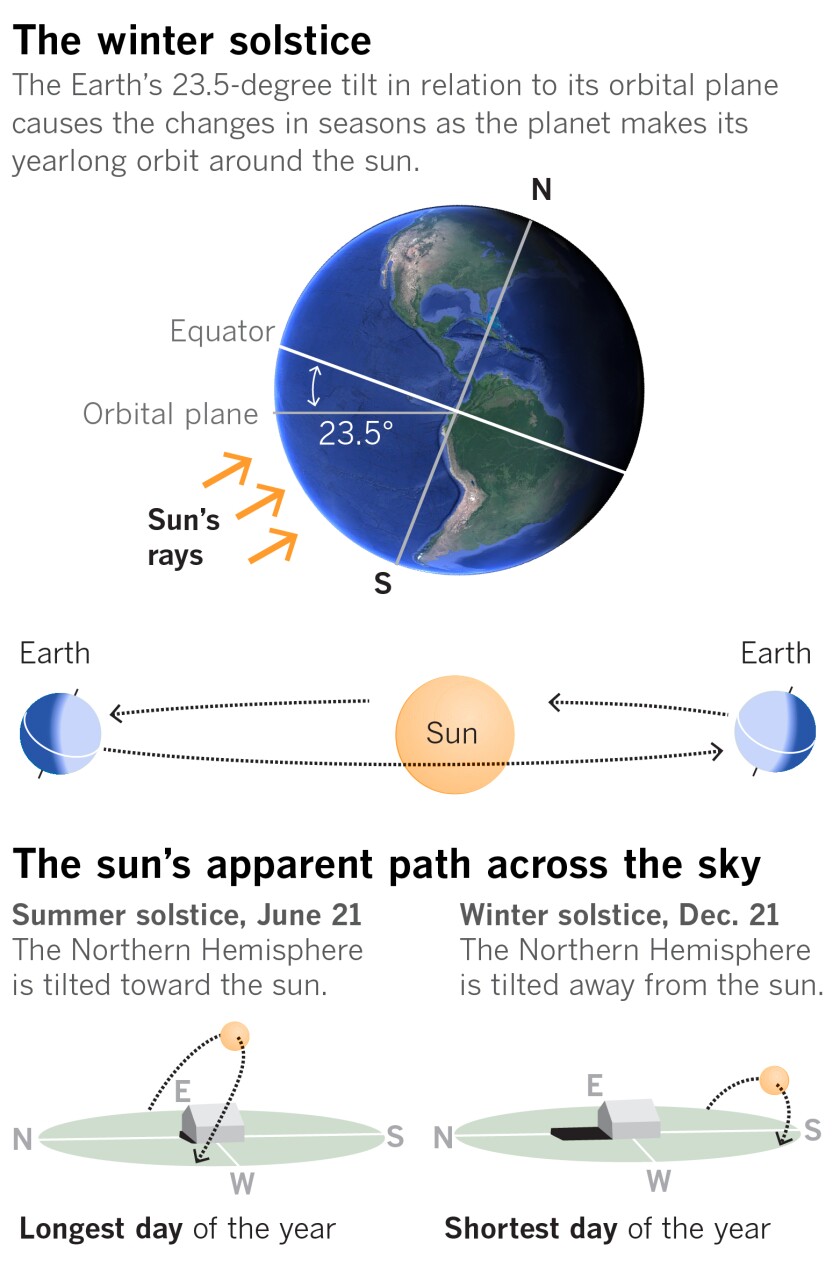Better Than You Think
10... 9... 8... 7...
It’s almost the end of the semester and – more importantly – the end of another year. I’ve never been one to take on gym memberships I likely won’t use or promise to end habits I’ll probably continue. I do, however, like the idea of fresh starts. They’re rarely total and never complete, but new beginnings – like new school years, new principals, or impeachment hearings, imply a sort of absolution for what’s past and hope for what the future could be.
In other words, January 1st is a reboot of sorts. And some of us need it more than others.
Let’s face it – no one carries around a pervading sense of guilt and inadequacy like teachers. They care deeply, feel strongly, and give muchly – often to a fault. Many of us are able to be professionally developed, pedagogically creative, and politically active, all while scoring way too high on any clinical assessment of personal dysfunctions.
I think it actually goes together – the passion for learning, the tolerance for teenagers, and the emotional mess most of us manage to be. Two sides of the same smashed penny.
Ruining the Pathology Curve
Not all teachers, of course. Some of you are relatively well-adjusted and fulfilled by a CONTINUE READING: Better Than You Think | Blue Cereal Education






 Kudos to an outstanding group of NEA superstars: the cyber-lobbyists listed below who are relentless in reaching out to their members of Congress. In all, NEA members made nearly 900,000 contacts to Congress about legislation affecting students, public education, workers’ rights, and other important issues, and these top 50 led the way. Thank you for making a difference in 2019—and let’s keep our activism going in 2020!
Kudos to an outstanding group of NEA superstars: the cyber-lobbyists listed below who are relentless in reaching out to their members of Congress. In all, NEA members made nearly 900,000 contacts to Congress about legislation affecting students, public education, workers’ rights, and other important issues, and these top 50 led the way. Thank you for making a difference in 2019—and let’s keep our activism going in 2020! NEA President Lily Eskelsen García for being among
NEA President Lily Eskelsen García for being among 














